
George Johnson
Expert Writer
November 24, 2025

George Johnson
Expert Writer
November 24, 2025

In Retention Podcast #60, Oleg sits down with Vasyl Sergienko, Client Solution Manager at Meta, for a candid look at how performance marketing in Health & Fitness is shifting — and why creativity has become just as important as budgets and targeting. We also dig into AI’s growing role in all of this (don’t worry, no grand “AI will replace us all” speeches). Here are the standout ideas from the conversation.

Inside one company, every choice feels tied to personal history. It’s easy to defend old decisions, justify dead ends, or view problems through internal dynamics rather than what’s actually happening. Someone from the outside arrives without that weight. They can look at the same situation with a clear head, compare it to similar cases, and notice patterns the team is too close to see.
That clarity only works when it’s paired with empathy. If an external partner treats the business like a puzzle detached from real people, the advice won’t land. The real value comes from balancing distance with understanding — recognizing why certain decisions were made and what the team values, while still being honest about what needs to change.
Working across many companies also becomes its own education. You see different leadership styles, how teams react under pressure, and how small everyday decisions shape long-term results. Internal teams rarely get that range, which is why a fresh perspective can shift thinking faster than another internal meeting.
People often rewrite the story of how a decision happened, but the outcomes tell the truth. An outside view just makes that truth easier to see — and easier to act on.

In a performance-driven world, Health & Fitness is one of the few verticals that’s always “on.” The demand never dips, because people everywhere want quicker ways to feel better, look better, or shed a few pounds. A category that big and that visible inevitably attracts anyone working in ads, growth, or retention — it’s where the action is, and where learning happens fast.
The work itself also nudges you toward specialization. You can juggle dozens of small clients or go deep with a few major players. Depth usually wins. The more time you spend inside large Health & Fitness products, the sharper your instincts become, and that expertise compounds much faster than hopping between unrelated niches.
With time, the space only expanded, especially in the U.S., where the product models evolved earlier and pushed teams to keep raising the bar. What started as early exposure gradually became a strategic choice: focus on the vertical with the biggest impact, the most complexity, and the most room to grow.
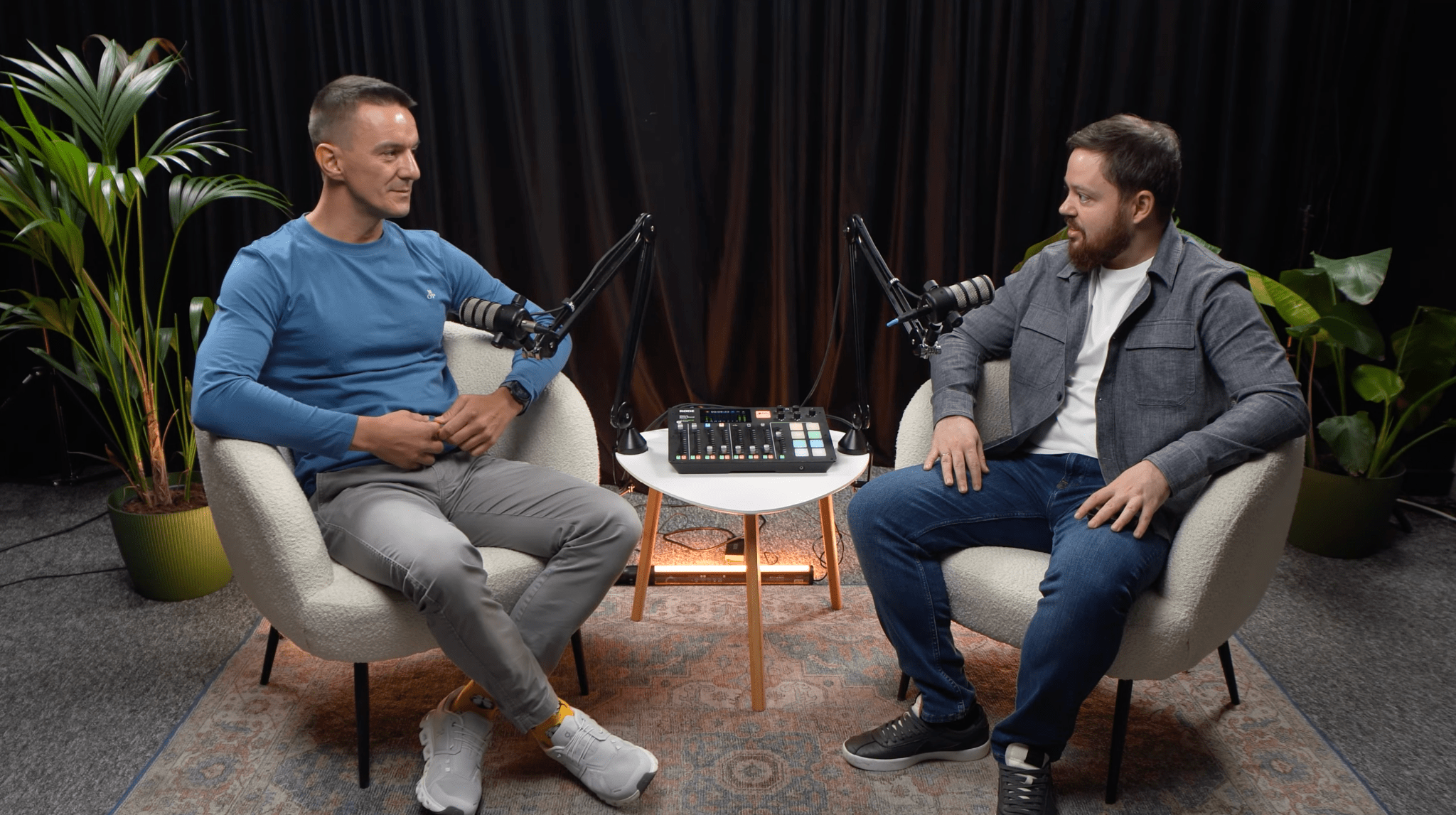
Performance marketing draws a sharp contrast between these two worlds. In the U.S., true performance-driven acquisition has been shrinking for years. Privacy changes, such as SKAN, made app advertising harder to measure, so many American companies drifted toward brand, partnerships, enterprise sales, and anything that doesn’t rely on classic direct-response tactics.
The mindset naturally evolved away from rapid testing and toward longer-cycle growth.
Eastern Europe took the opposite route. The market stayed fast, competitive, and obsessed with measurable results. Entry costs are lower, competition is ruthless, and teams survive by testing quickly, analyzing sharply, and pulling as much value from paid channels as possible. That pressure created specialists who are extremely strong at UA, creative iteration, and funnel mechanics.
At the same time, U.S. companies excel in areas European teams rarely prioritize: enterprise motion, regulated industries, high-ticket models, and markets where high CAC is normal because revenue comes from contracts, not subscriptions or installs. Their strengths come from scale, capital, and deep industry moats rather than speed.
The result is two completely different toolkits. One side thrives in precision performance and fast consumer funnels. The other wins through brand, enterprise relationships, and long-cycle growth. Neither approach is “better” — they’re just built for very different kinds of games.
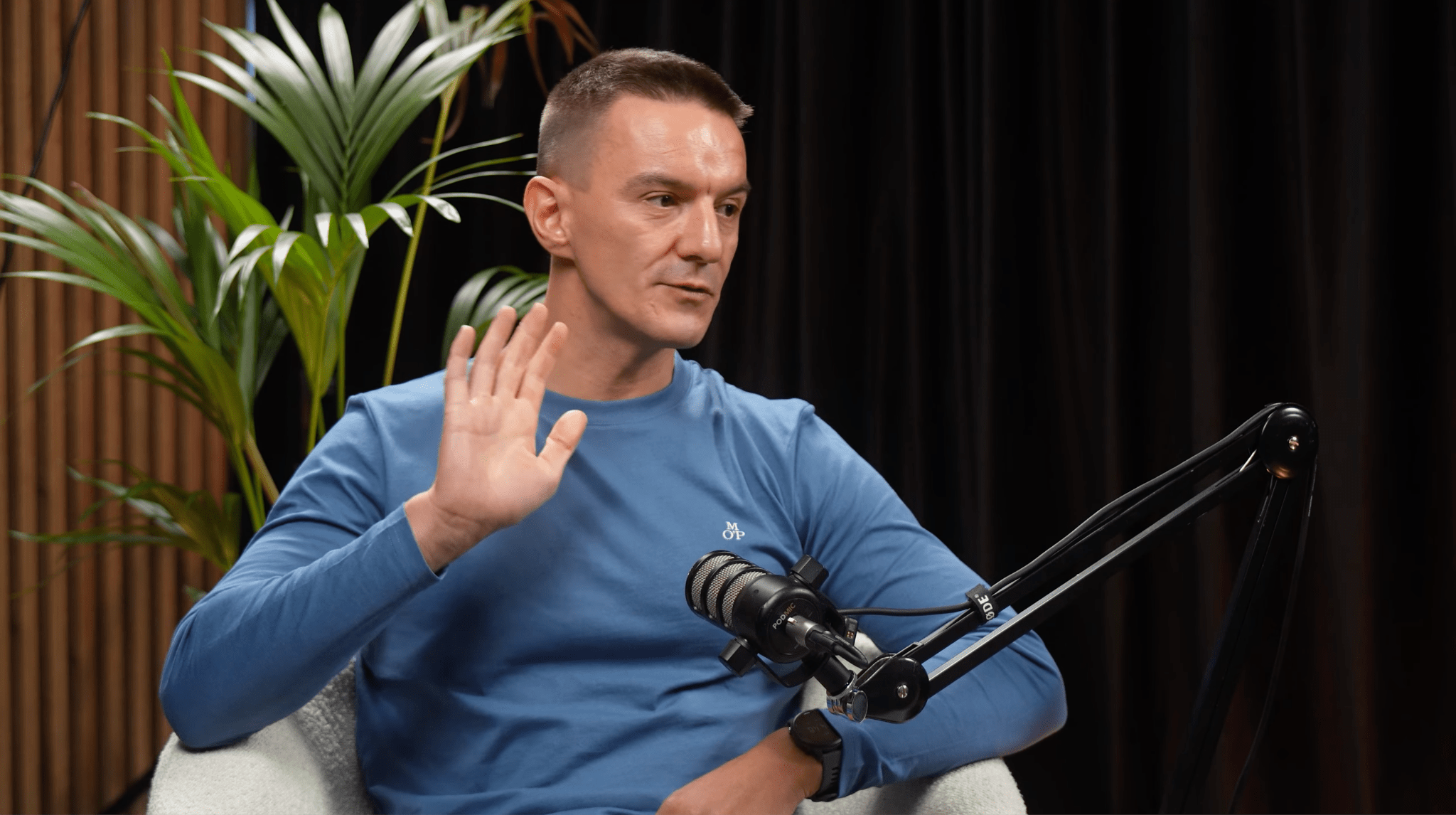
The Health & Fitness category didn’t simply grow. It expanded at a pace very few industries ever see. With more than half of Americans dealing with weight-related challenges, demand for digital solutions surged, and thousands of apps rushed into the same space.
When Meta opened its Ad Library, everything changed. The moment a creative started working, everyone could see it. Competitors noticed it, rebuilt it, and relaunched their own versions within hours. Generative AI only made this cycle faster.
As products became more alike and funnels easier to replicate, the real competition moved to creative speed and originality. Teams that spot momentum early, produce new ideas quickly, and turn them into high-performing assets are the ones capturing the revenue waves. Slower teams stay in constant catch-up mode.
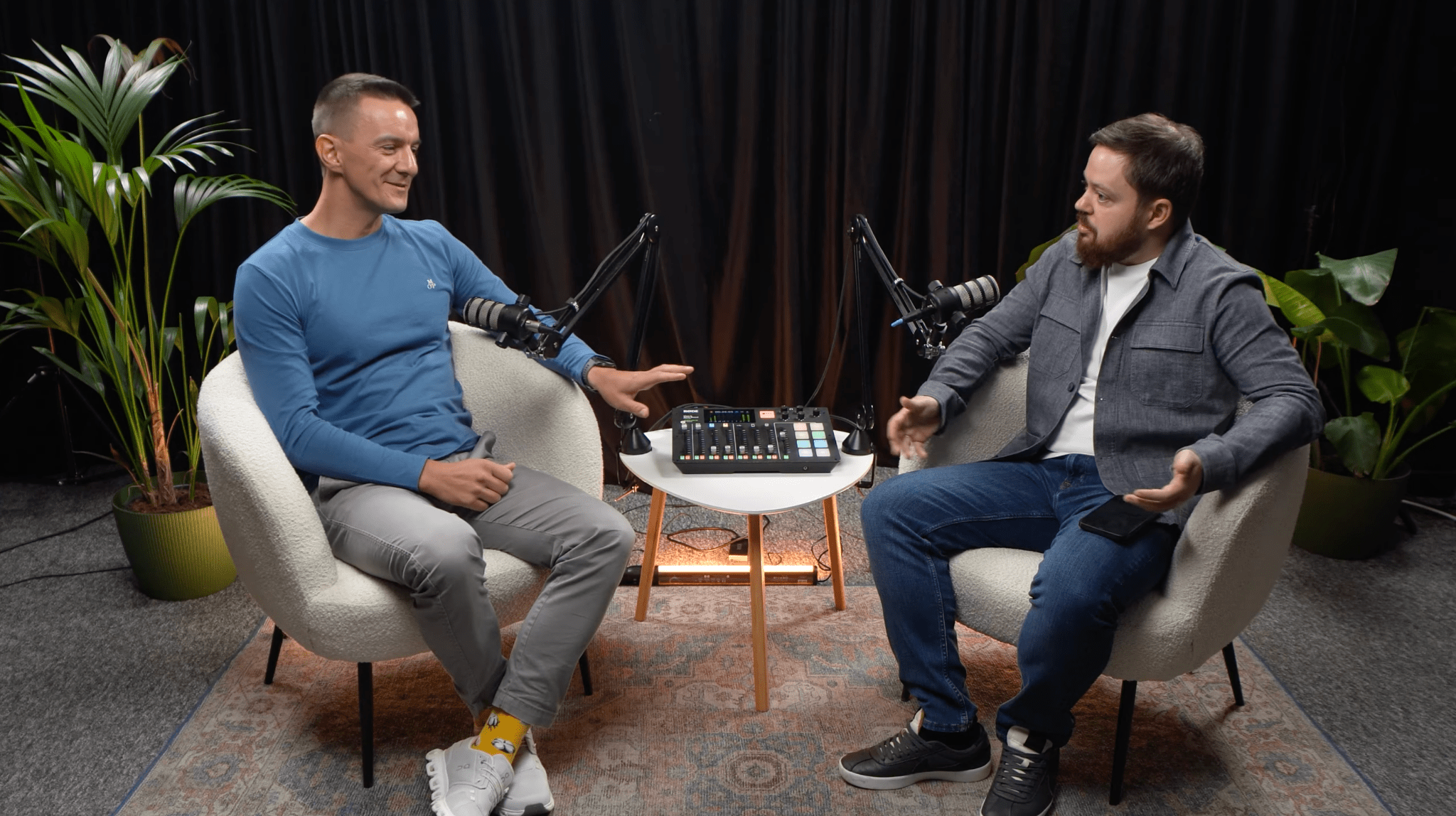
AI now touches almost every stage of creative production. Teams use it to draft hooks, generate quick UGC-style videos, build fast prototypes, or test multiple angles in a single day. For most companies, AI-assisted content already makes up 30–50 percent of what they produce, especially when it comes to static visuals and rapid iterations.
Meanwhile, the creatives that drive the biggest impression volumes are still made with real people. A strong on-camera personality, a specific look, or a memorable tone of voice gives a video longer life — something AI copies can’t maintain. So the workflow has split: AI helps teams move fast and test ideas, while the most successful, long-running creatives still depend on human presence and the processes built around it.
Most teams in performance rely on a simple loop: find a winning creative, copy it, repeat. It’s fast, it’s comfortable, and for a while, it brings results. But over time, the entire account collapses into one narrow creative concept. Everyone uses the same angles, the same visuals, the same formats. Media buyers stop testing, creative teams stop inventing, and the product gets stuck competing in a crowded look-alike ocean without even noticing the problem.
The real issue shows up only when the business needs a sudden jump in scale — Q5, seasonal peaks, or an aggressive growth sprint — and there’s no creative depth left to fuel it. Recovering takes months because rebuilding variety means rebuilding thinking.
The teams that stay competitive keep fresh concepts in rotation all year, not just when performance is falling. It’s the only way to keep headroom for growth when the market suddenly opens.

AI can do a lot more for performance teams than just spit out new hooks.
You can load your videos into a model and ask simple yet sharp questions, such as “Why would someone want to buy after seeing this?” or “What problem does this product solve in this clip?” That pulls you back to real marketing logic: people, their needs, and the jobs they hire your product to do, instead of yet another round of “let’s copy what works in the ad library.” The catch is that someone on the team has to care enough to ask those questions and then use the answers.
On the technical side, you can already send large batches of video to tools like Gemini through the cloud, get second-by-second descriptions of what is happening, and turn that into structured data. From there, you can look for patterns: which frames appear before a click, what message shows up before a purchase, or which angle keeps losing people. This kind of analysis is still hard for video and much easier for static creatives, but AI lowers the barrier.
AI can help teams process huge volumes of creatives, structure video content, and make sense of mountains of data that humans physically can’t parse. You can transcribe videos, break them down second by second, and run smarter tests at scale. What it won’t do is magically reveal why a specific creative suddenly converts. Most winners in performance marketing break the rules, feel a bit strange, or hit an emotional note that no model can neatly explain. That unpredictability is part of the game.
The real value comes from people who bring hypotheses, taste, and judgment into the process. Someone has to act as the filter that says, “These two creatives look different to the AI, but they’re the same for the user,” or “This idea feels odd, and that’s why it might work.” As creative production becomes larger and more industrial, this human vision matters even more. AI can organize the chaos, but only a person can decide what’s worth testing and what has a real chance to shape the next wave of growth.
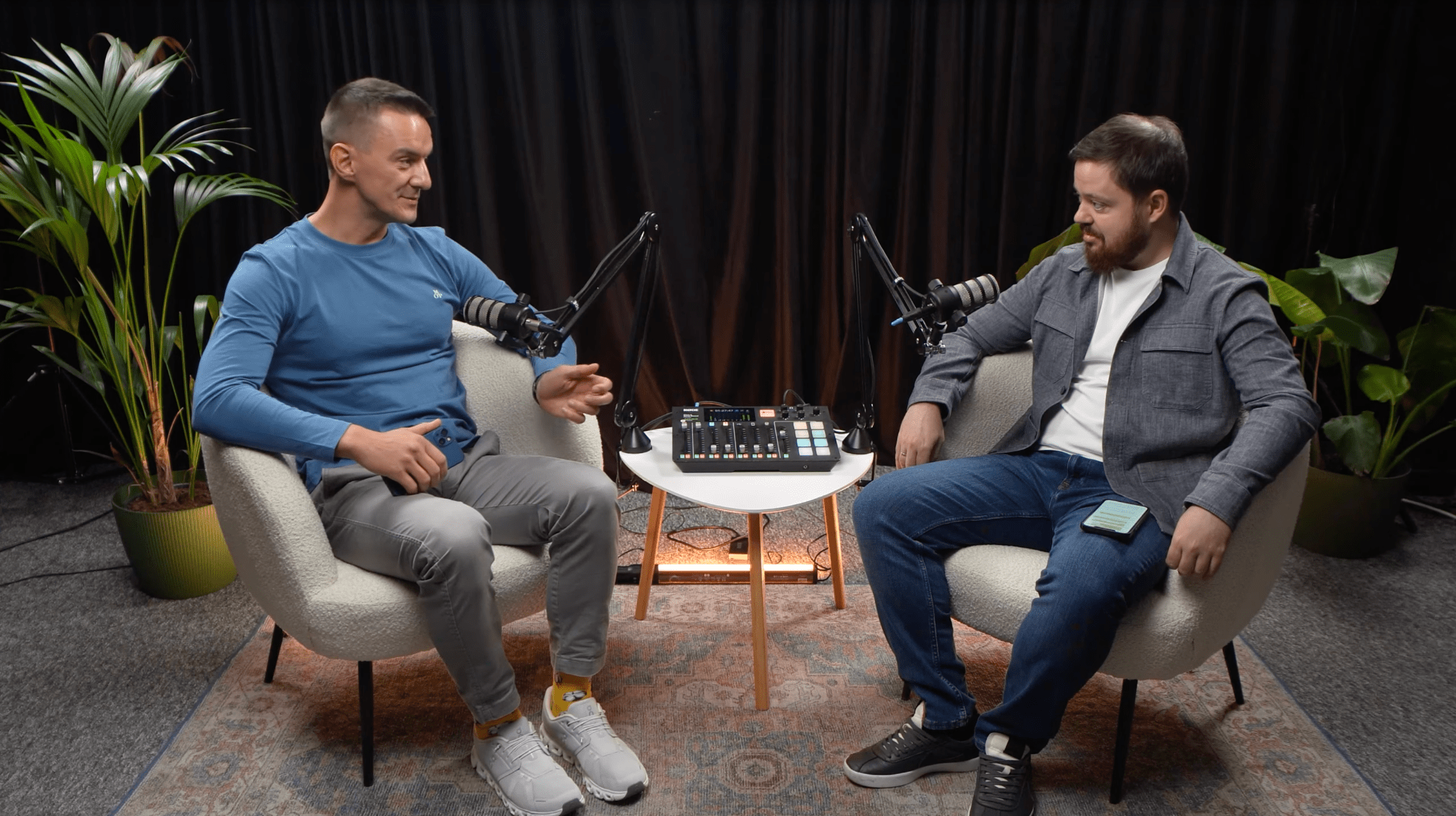
AI didn’t just speed up creative production — it completely rewired how teams are structured. Two years ago, one creative producer could support five performance marketers. Today, it’s the opposite: one marketer needs five creative producers just to keep up. Once AI made content generation effortless, the real bottleneck became deciding what to test, why, and how fast you can ship new creative concepts.
Creative volume exploded, automation took over repetitive UA tasks, and the center of gravity shifted from “managing ads” to “fueling ads.” Teams that still treat creative as an add-on struggle, while those who treat it as the core engine of growth scale much faster.
If retention marketers think this wave is only for performance teams — it’s coming your way. Email and mobile push will soon move from “one template that lives for years” to high-volume, AI-supported experimentation. The question is how soon your team will feel the shift.

Brand value isn’t just something you “add” to a business model — it compounds over time. When advertising shapes a clear, recognizable brand, the cost of getting that attention might rise, but the payoff increases with it.
A strong brand leaves a mark that keeps working long after someone stops using the product. Picture a user who installs an app, uses it for three months, then drops off. Months later, when the same need returns, they don’t browse the app store, compare options, or react to ads. They unlock their phone, search for the app they already know, and come back on their own.
That’s the real power of brand memory: it softens re-acquisition, shrinks the gap between churn and return, and gives your product a second chance without spending another dollar. Apps with a recognizable brand don’t just win installs. They stay top-of-mind when users cycle through habits, goals, and life phases.

When acquisition moved from app-store installs to flexible web funnels, everything downstream shifted. The Web gives you endless angles to sell the same product — more depth, more niches, more room to tailor the story. Once users enter through these highly customized funnels, they expect a different kind of product on the other side. That pressure pushes teams to rethink onboarding, content depth, and how the app communicates day-to-day.
It also means your users stop behaving like one group. Someone who arrived through a long video funnel won’t act like someone who came from a clean aesthetic ad. Their expectations, retention patterns, and willingness to pay are all different. And once web funnels started collecting emails upfront, ignoring email became a missed revenue opportunity — it quietly grew into one of the strongest conversion channels after paid social.
The short version: web funnels unlocked personalization at the acquisition level, and now product and lifecycle teams have to keep up. More entry points, more creative, more segmentation — and a product that adjusts to the path each user took to get there.

Health & Fitness apps vary a lot by region, but the core business model almost always starts in the U.S. It’s the only market big enough to build reliable LTV predictions early on, so every other country gets evaluated through that lens. User behavior then splits by how easily people spend money and how strongly they feel the weight-loss problem.
Some markets struggle with the same issues but won’t pay for solutions; others use highly specific diets or training styles that open the door for niche content. Still, most teams ship what works in the U.S. and only afterward try to adapt it elsewhere.
Even as the global category grows, the U.S. share stays steady. Other countries matter more now because ad prices keep climbing, and markets like the U.K., Germany, and France offer cheaper traffic, though usually with weaker conversion. These markets are huge but hard to actually win, which explains why few apps capture meaningful share there.
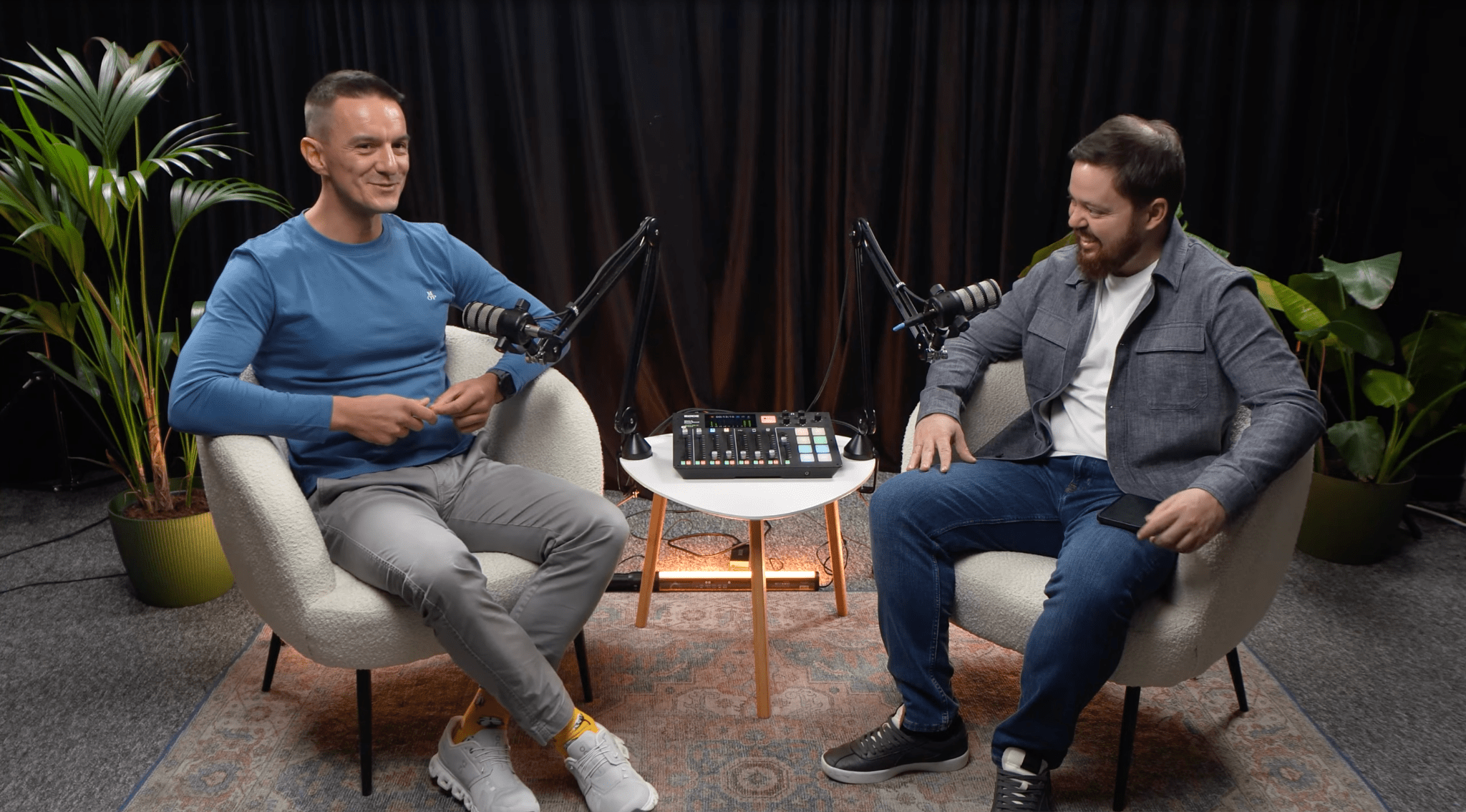
Health & Fitness marketing turned into a fast, creative, and very competitive space. What used to be a handful of solid creatives is now a full creative machine running every day. With Meta’s Ad Library and AI tools making good ideas visible to everyone, the only real edge is how quickly you can come up with something new and keep it fresh.
AI helps with speed and structure, but it doesn’t replace the human part. It can sort through huge amounts of content and show patterns no one could find manually, but it still can’t explain why a weird or unexpected creative suddenly works. People still make the final call on what feels right to test.
Different regions developed different strengths. Eastern European teams became very strong in fast experimentation and measurable growth. U.S. teams leaned more into brand, enterprise motion, and long-term strategies shaped by privacy changes. The best companies mix both approaches instead of choosing one.
Web funnels also reshaped what happens after the install. With so many personalized entry points, users behave in completely different ways, and lifecycle teams now have to meet those differences inside the product. Email grew into a top conversion channel simply because funnels started capturing it early and using it well.
And through all of this, brand memory quietly does its work. When users come back without searching or comparing, it’s because the brand stuck with them. That’s something competitors can’t copy overnight — and it often makes the biggest difference in the long run!
Natalya Ustymenko
|
June 1, 2023
Learn about the types of health and fitness apps and how to build an effective marketing strategy
Alex Anikienko
|
January 28, 2025
Discover how a poor messaging strategy can hurt your health and fitness app's subscription conversions before you even know it

